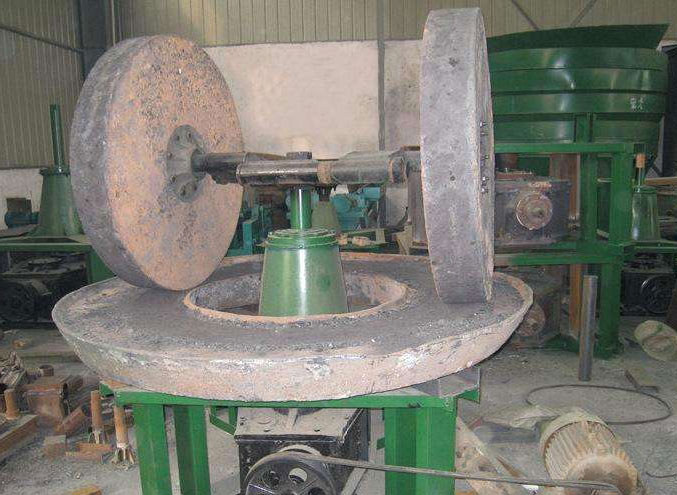Category
- Products
-
- Contact us
Home » Motor control
In my practice I have used soft starters to start the water pumps and fans with power up to 200 kW at 400 V. It is excellent solution - slow start, soft stop and less starting current. Manufacturers of soft starters generally recommend using it for different pumps and fans. Can we use of soft starters (instead of the classic star/delta start) for starting heavy mills for stone, plastic or cereals (power up to 200 KW at 400 V, speed 1400 or 2900 rpm? The goal is reduce starting current to avoid breaching limited peak load.


A variable frequency drive when no speed variation is required is not worth the money when they have also stated that the Soft Starter is too expensive. The standby VFD is therefore going to be way too expensive. The VFD has continuous losses of about 5 to 2.5% 750 to 375w based on 15kW. The Soft Starter has just the contact resistance of the built in by-pass contactor. Watts or Milliwatts. The VFD will add complexity where it is not required.


First of all, if the motor is at a cement company, it is probably operating outside the conditions change. Personally, I would not check Insulation Resistance right after the motor has been shut down. Directly after shut down the insulation system will still be holding a charge. I always allow the windings to get down to ambient temperature. It is the same after washing a motor and drying it in the oven, not electrical testing until it is cool.
API considers 2 starts in succession from cold condition (based on the
rotor and stator being at ambient temperature) or 1 hot start (with the
rotor and stator being at full load, running temperature). After the
second of a two start attempt, it could well be 6 or 8 hours before the
one hot attempt could be made.
Don't forget that the answers also change if a variable frequency drive or soft starter is being used.
Don't forget that the answers also change if a variable frequency drive or soft starter is being used.
In all these cases - I would expect between 0.5 and 1.5 % improvement in
efficiency - and these are unusual cases - but I believe the EASA study
confirms this.
Most importantly - it concludes that with good procedures and tests and processes - even high efficiency motors can be - and are - rewound maintaining the original efficiencies to within standard tolerances.
Most importantly - it concludes that with good procedures and tests and processes - even high efficiency motors can be - and are - rewound maintaining the original efficiencies to within standard tolerances.
Soft starter - an electronic component which helps in reducing the inrush current during acceleration of a motor from zero speed to rated speed. Once the motor reaches its rated speed, it doesn't play much role.
One where the supply transformer was too small resulting in large Volt Drop when restarting a loaded conveyor, and another application where the run up time on a soft starter was set too long. Soft Starters are reduced voltage starters where the initial voltage applied to the motor may be 30 to 40% of rated supply voltage.
When Starting a Motor across the line, you can draw up to 8 times the rating of the full load amps of the motor. A variable frequency drive or a soft starter limits the starting current due to a pre-charge circuit built into the drive or starter. VFD Drives are better because you can program the ramp time in the firmware.
Tags: Variable frequency drive
The soft starter has following wiring connections:Main circuit connection: It contains the wiring of 3-phase source input, the output to motor, and the bypass contactor connection.External terminal connection: that is the wire comes from twelve external terminals which including control signal and analogue output signal.
Tags: Installation
If you are looking to replace the magnetic contactor with a Soft Starter, your main advantage will be energy savings on inrush current at start up. If you replace the contactor with a VFD you will have the increased advantage of energy savings and the ability to vary speed. On a crane this can be helpful to have a high speed for coarse movements and a slow speed for fine adjustments in position.
A soft starter is incapable of speed-control. It only restricts starting current by applying the voltage in a ramp. The consequence is that for much of the ramp, the torque is severely compromised, as torque is proportional to the square of voltage! For 20%, 50%, 80% voltage the corresponding torques available are just 4%, 25% & 64% of full load torque! But this is OK for fans and centrifugal pumps whose torque requirements are just 0.08%, 12.5% & 50% at these speeds, as these are proportional to the CUBE of their speed.
In this case sometimes we recorded 775A as starting current and in other times we recorded 400 A for rotor current during start and for stator the current is variable, in some case it was 85 A, and in other was larger than 400 a. this motor starts with liquid starter.
What is the differentiation? What is cause of current reduction? Is the liquid starter resistance variable during each case of start?


